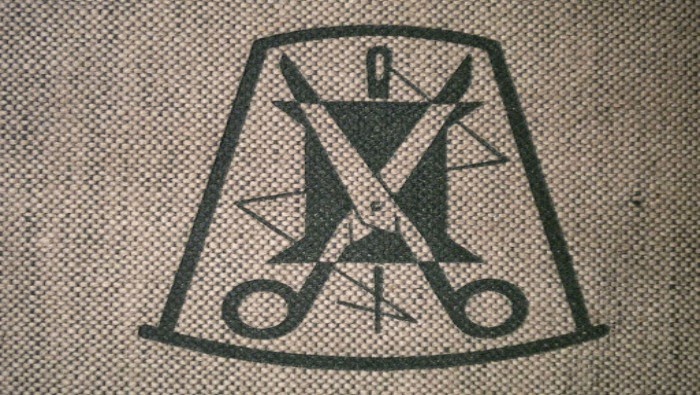 |
| B&W buttons dress - nearly done! |
I didn't listen very much during my A-level textiles lessons - like most 16 -18 year olds, I thought I knew everything, and was really distracted by boys. But one thing I did take away with me was how to make seams roll, the sort of thing that's useful for collars, revers, pocket flaps, and anything else where you don't want the underside to show on the outside. It's a very easy and invaluable thing to learn, and I'm going to share it with you!
For this example, I'm using the collar on the dress I'm making to showcase my lovely Black and White face buttons (see Beautiful Buttons). This technique is used when you have 2 pieces the same shape, which you sew together right side facing, then turn right side out.
First - pin the 2 pieces together with the right sides facing, but make sure the layer which will ultimately be facing out - the top collar - is pinned about 1/8", or 3 mm away from the undercollar:
 | |
| Top collar piece pinned 1/8" from under collar |
This will mean that the top collar piece is slightly larger than the under piece. Don't worry! This is necessary - it will make the upper piece roll naturally to the underside. But it can be a little tricky to sew - you will encounter some 'fullness' as you stitch, but try to overcome this by stretching the pieces as you sew.
Second - stitch the seam, using the under piece as the guide for your seam allowance:
The top piece will appear a bit baggy, but it's ok!
Third - trim and clip the seam:
Usually just snipping the seam would be fine, but because of the sharp curve of this seam, I've put in as many notches a possible so that there is a nice smooth finish.
Fourth - Turn the pieces right side out and press. This is where the magic happens!
 | |
| Underside of collar, showing rolled seam |
I use this simple technique everywhere; not only does the edge of the piece look neater, but it will 'sit' better, ie not curl up.
































